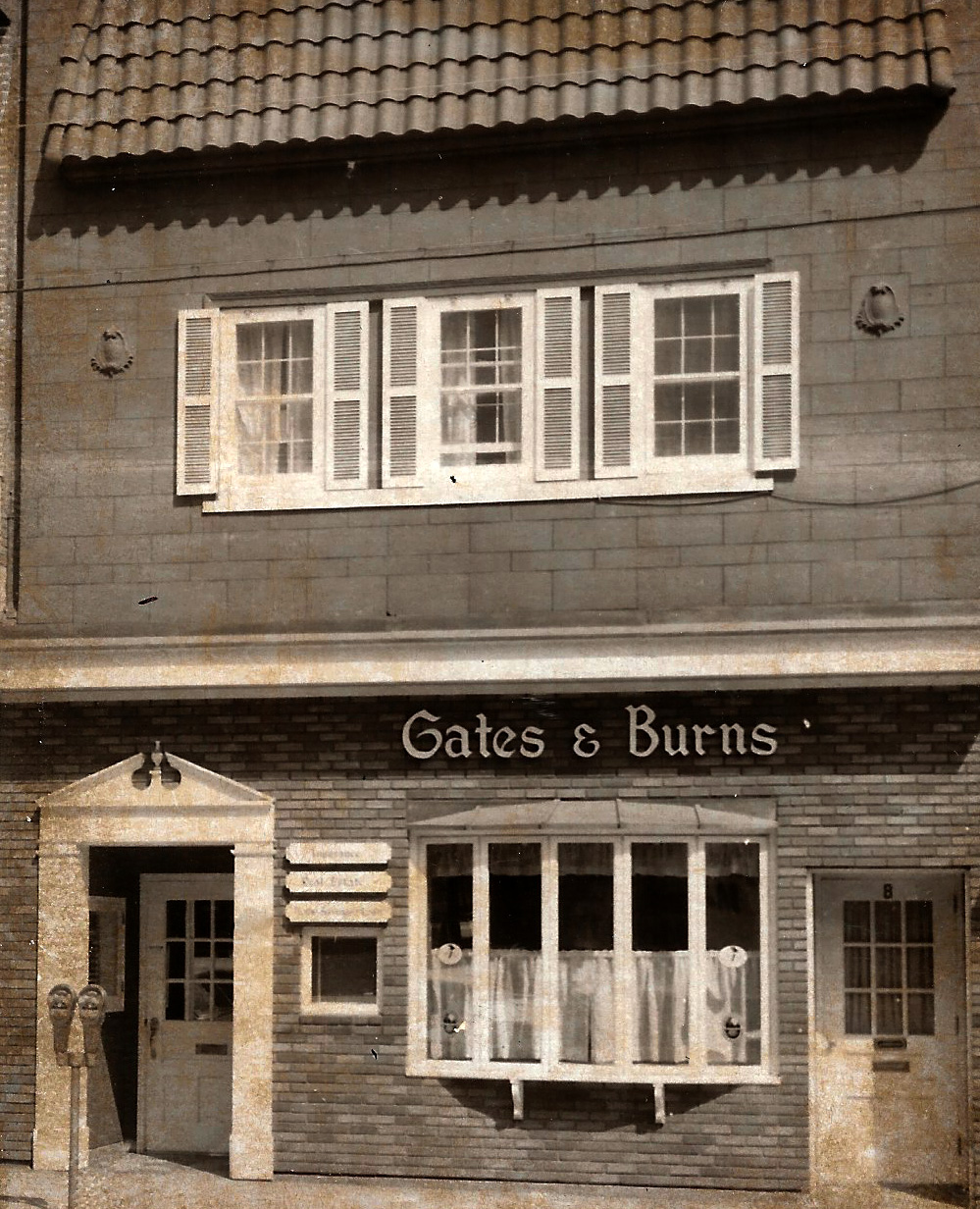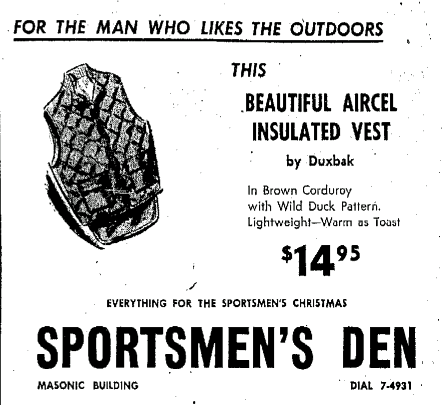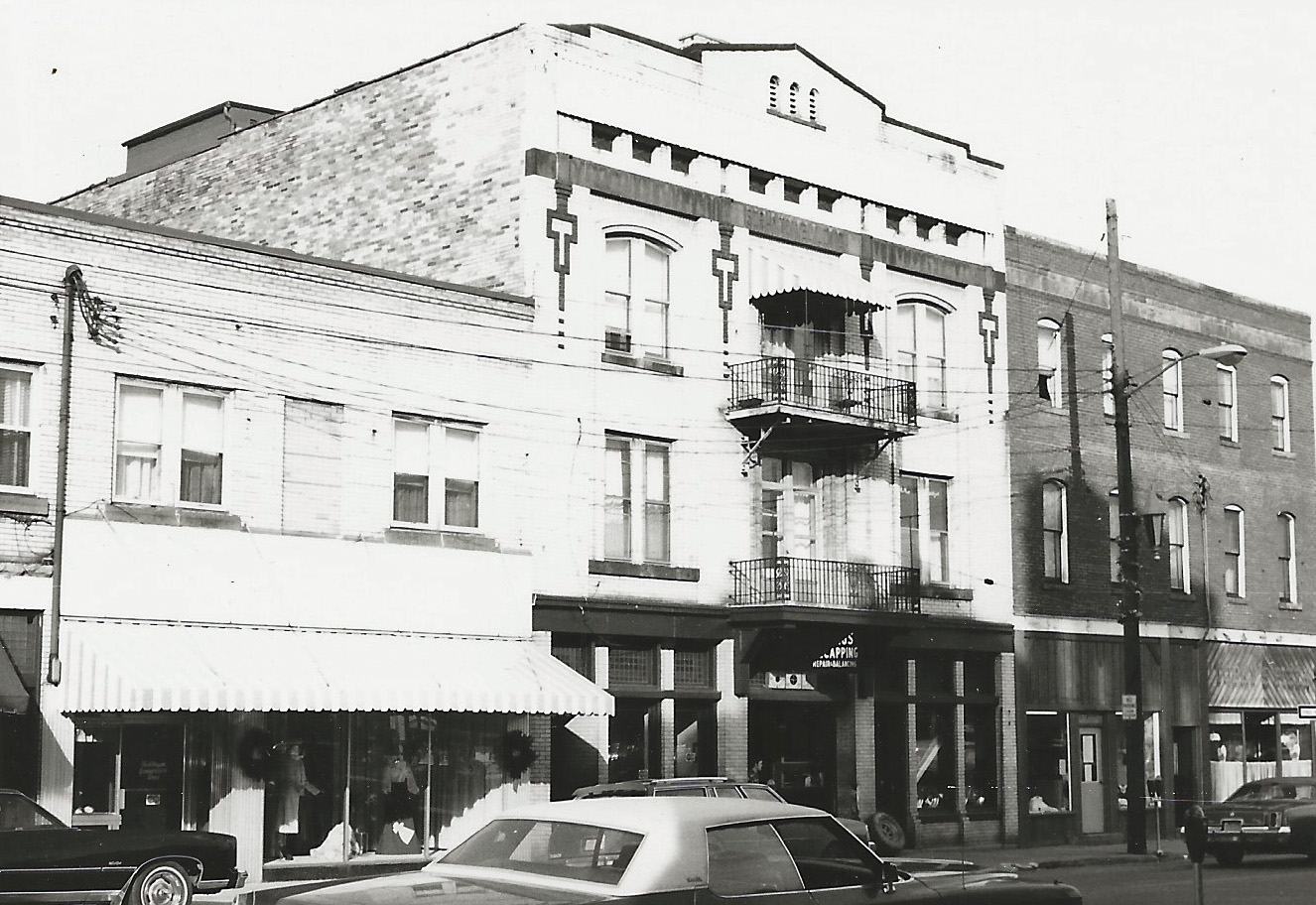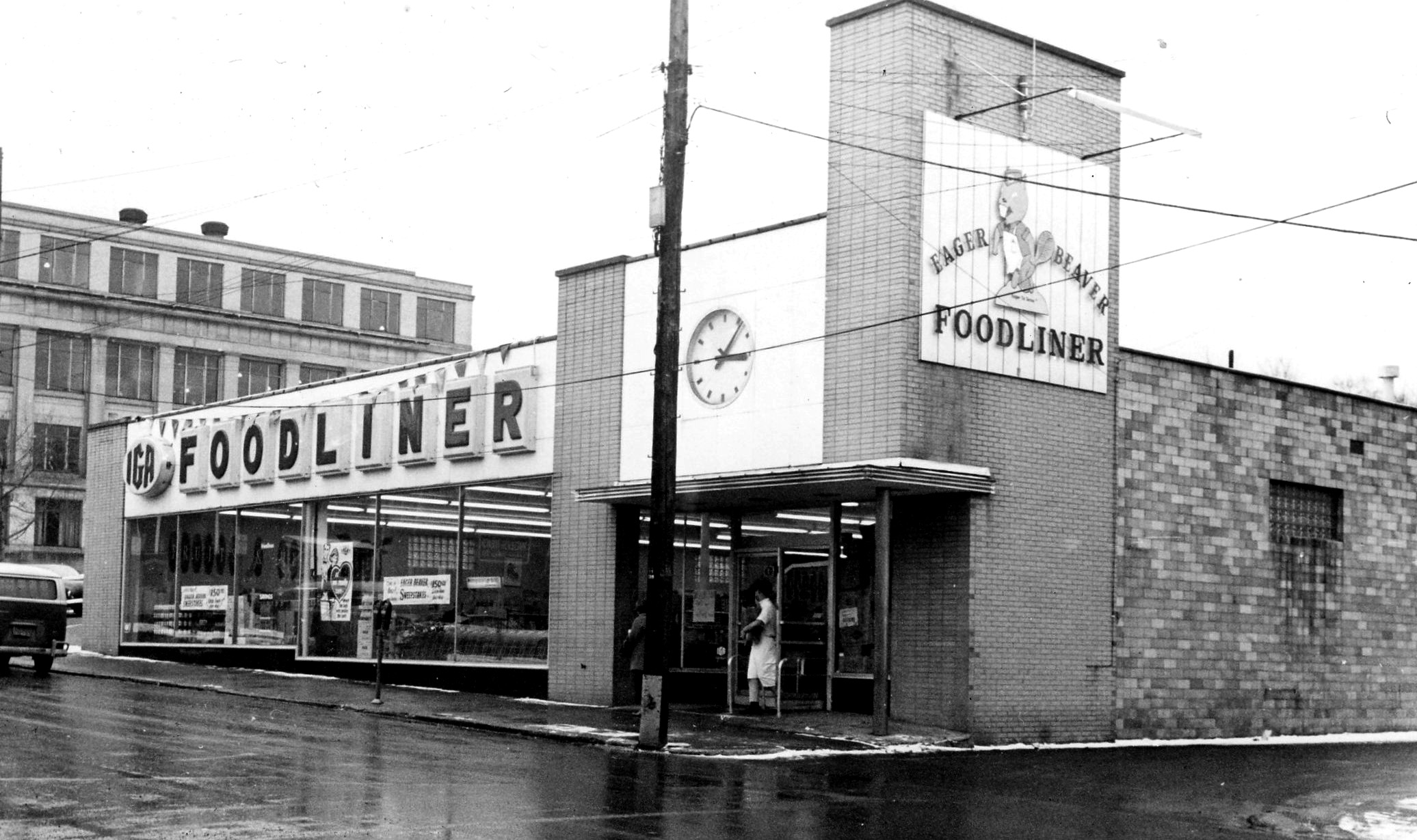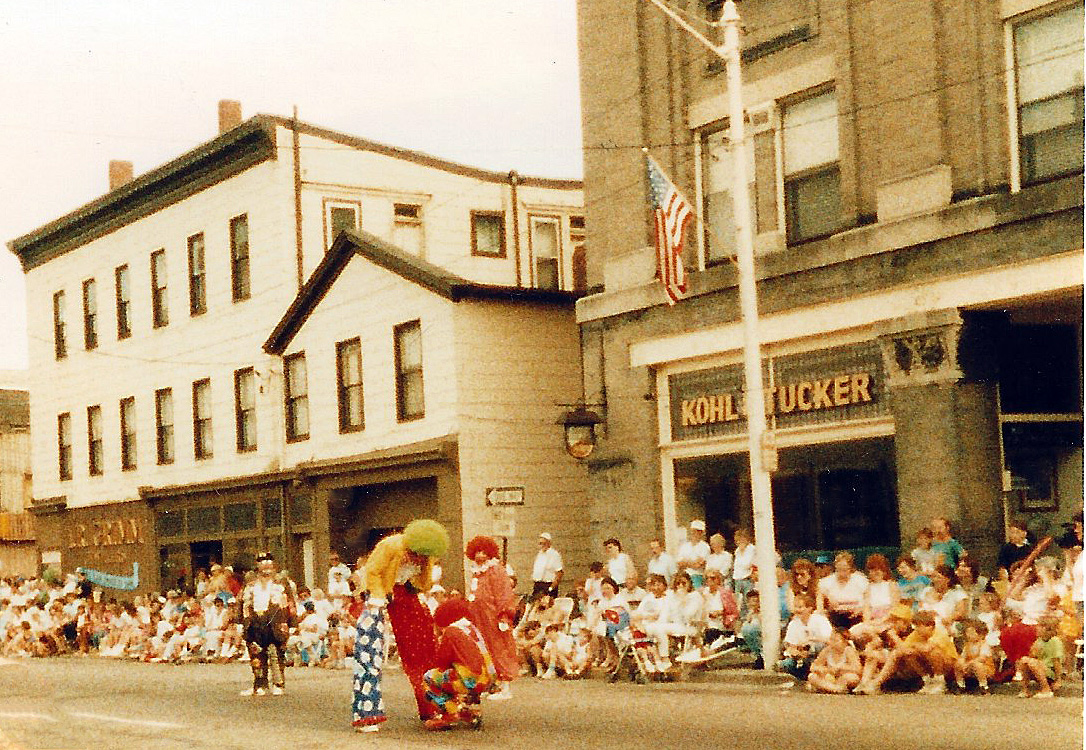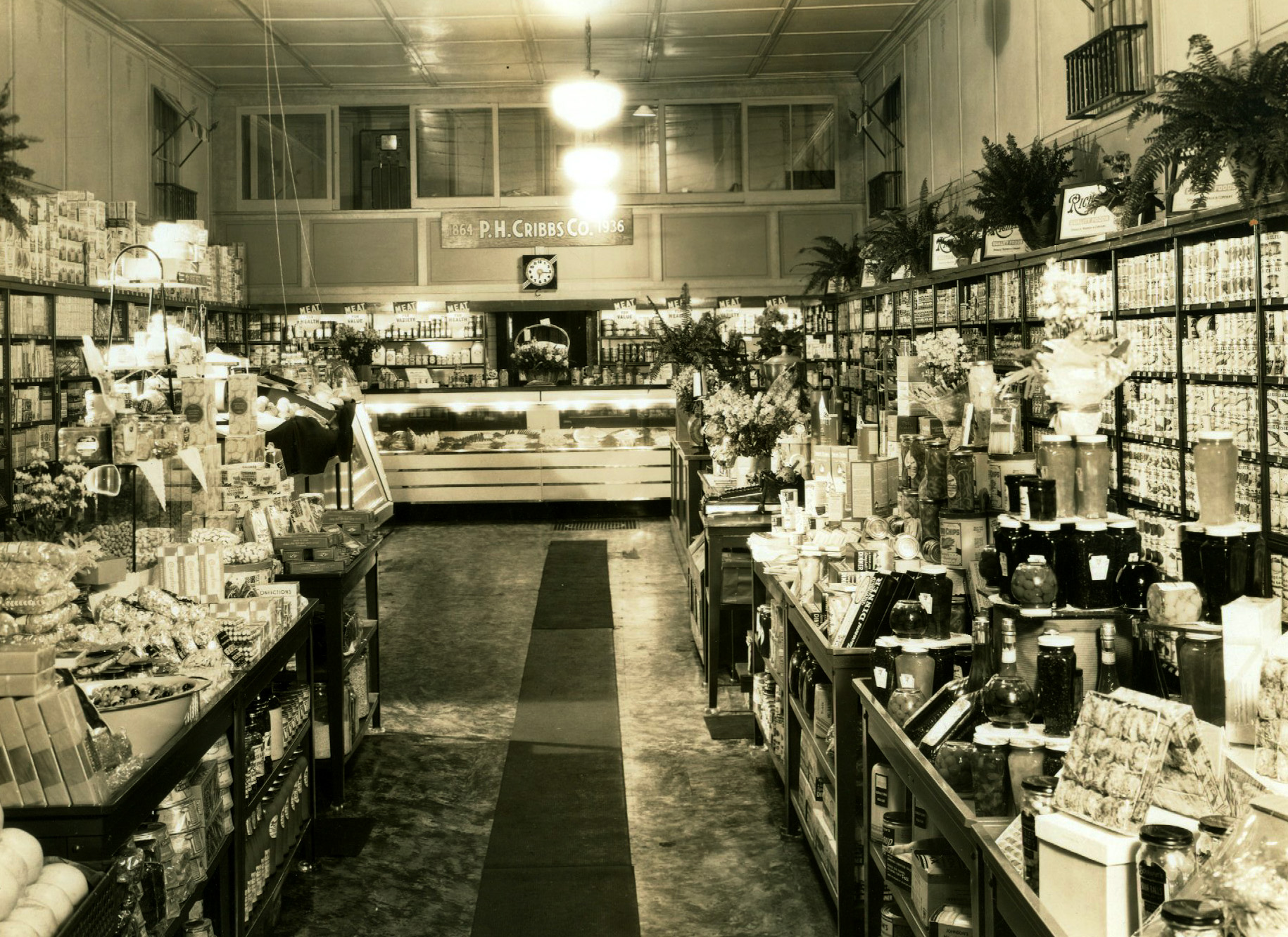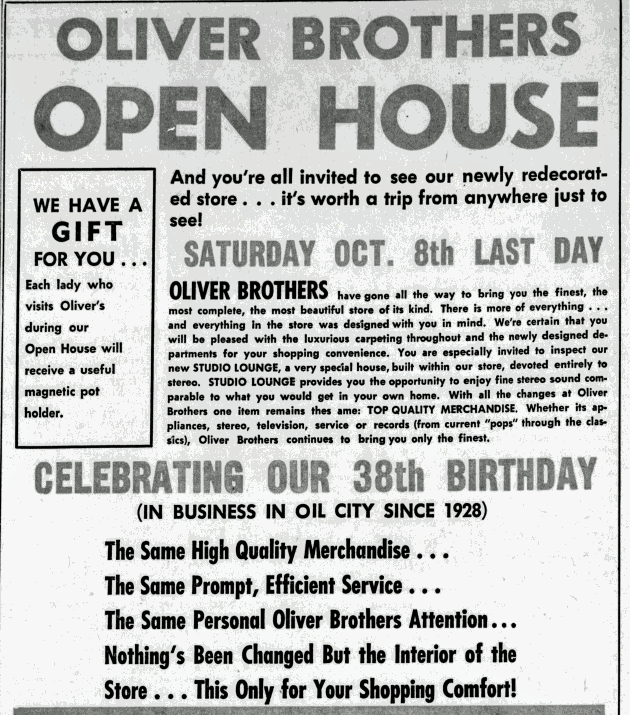South Side: 50’s & 60’s
- Judy Etzel
- October 14, 2022
- Hidden Heritage
- 8163
Oil City’s South Side business district encompassed a four-square-block area that was filled with a wide variety of shops, services and more in the booming 1950s and 1960s.
In those decades, people could buy almost anything they needed – from a black-and-white television set to an insurance policy, a 12-cent comic book, a refrigerator, a box of homemade chocolates, furniture, a bag of nails, vanilla Coke, a diamond ring, a beef roast, a Madras shirtwaist dress, a fresh pastry, a fishing pole, caviar, model trains, a beer, homemade peanut butter, a house, cocktail dresses, a cream puff prescriptive medicines, a pot of spaghetti sauce, pizza, fur coats and much more – all in the South Side business district.
As to available services on the South Side during the 1950s and 1960s, you could get a crew cut or a permanent wave, cash a check, eat breakfast/lunch/dinner, have your car repaired, get an electric motor fixed, recap your tires, have your suit tailored, mail a package, go to the movies, bowl, check out a book, sign up a caterer, board a Greyhound bus, drop off your laundry, even have a saddle re-sewn. You could also get married in any of the neighborhood’s half-dozen churches. And two businesses could arrange your burial.
All of it meant that the South Side business district was a jam-packed small neighborhood that offered everything.
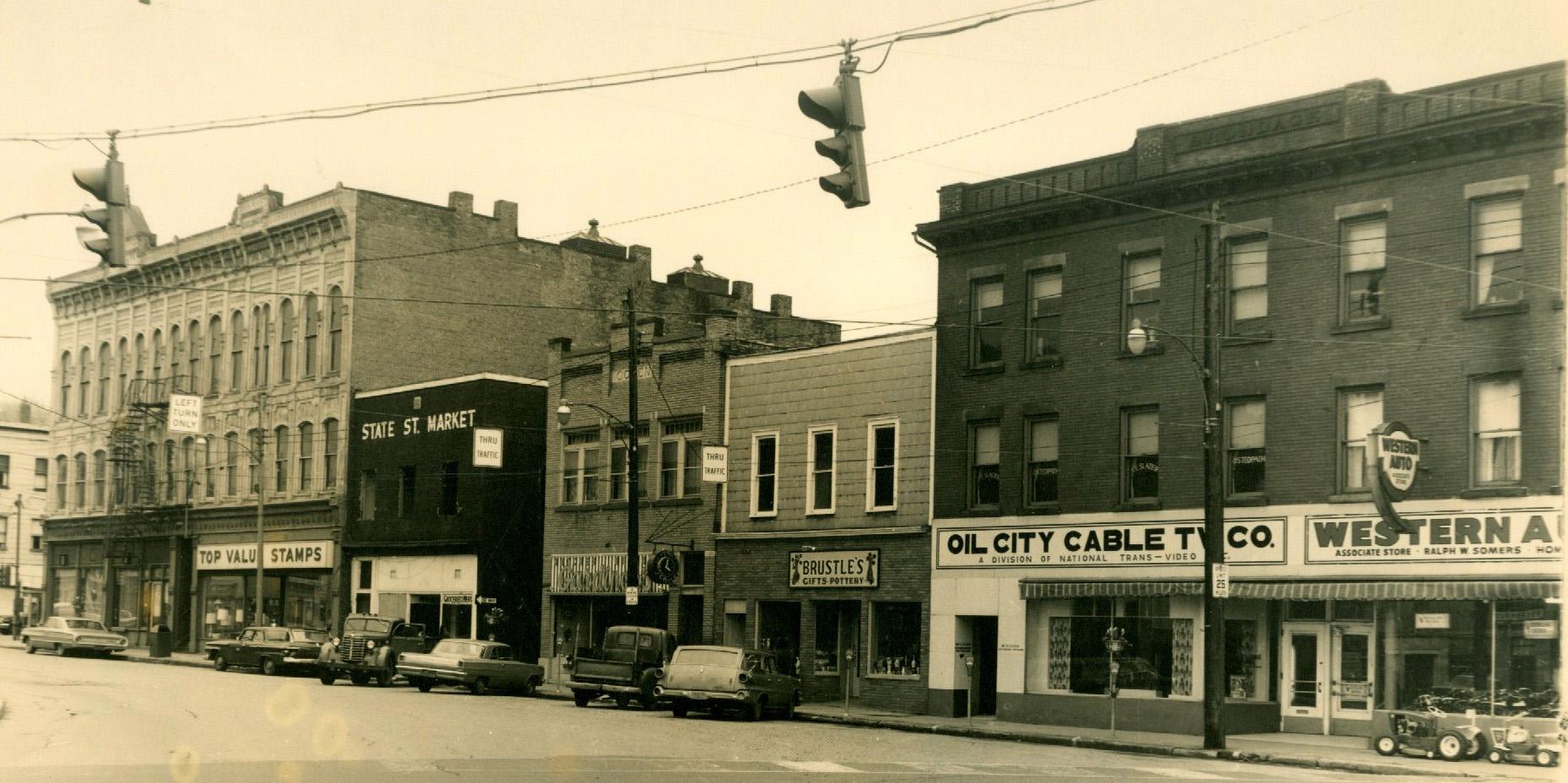
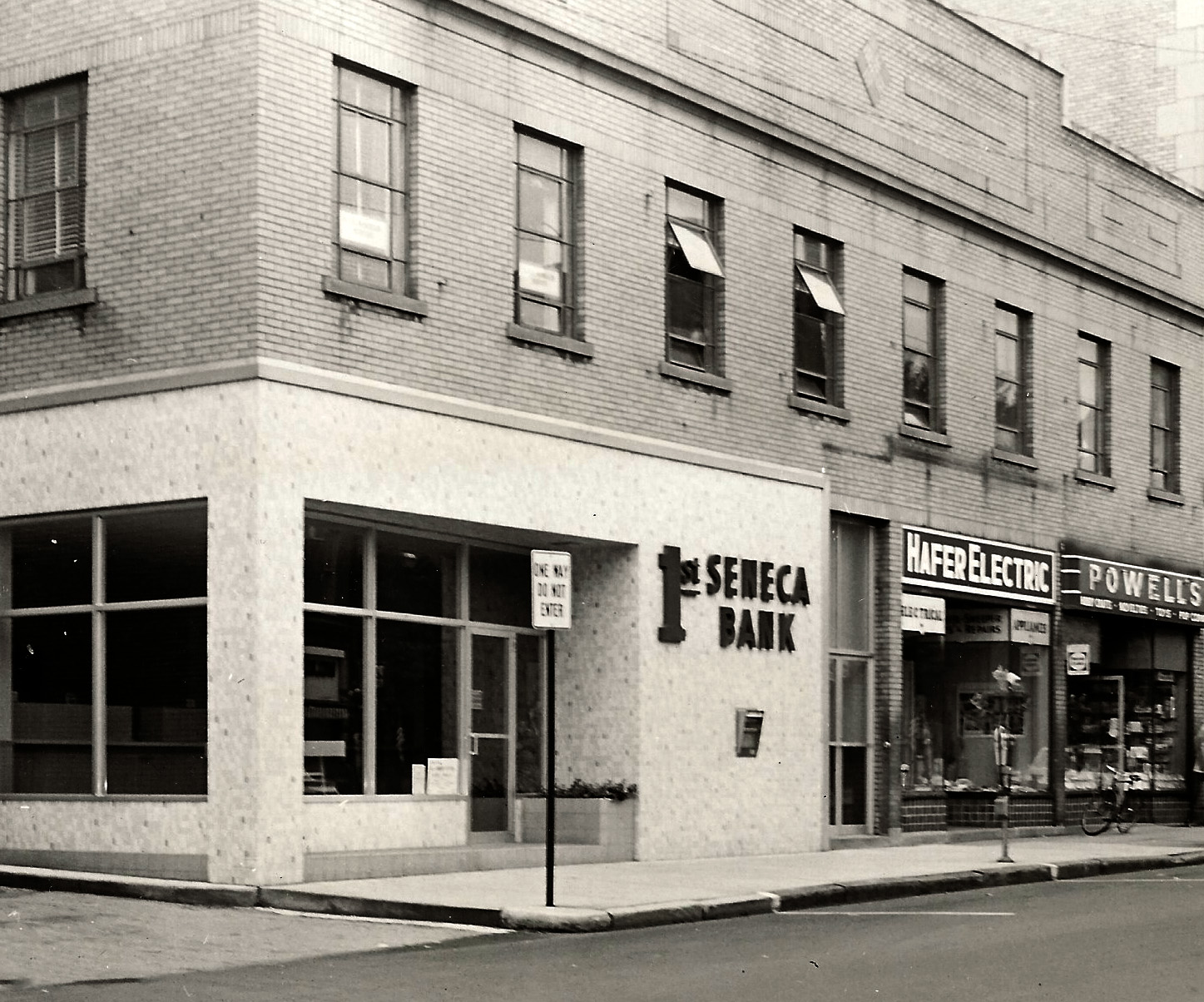
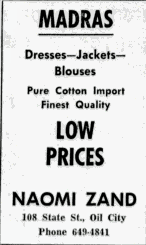
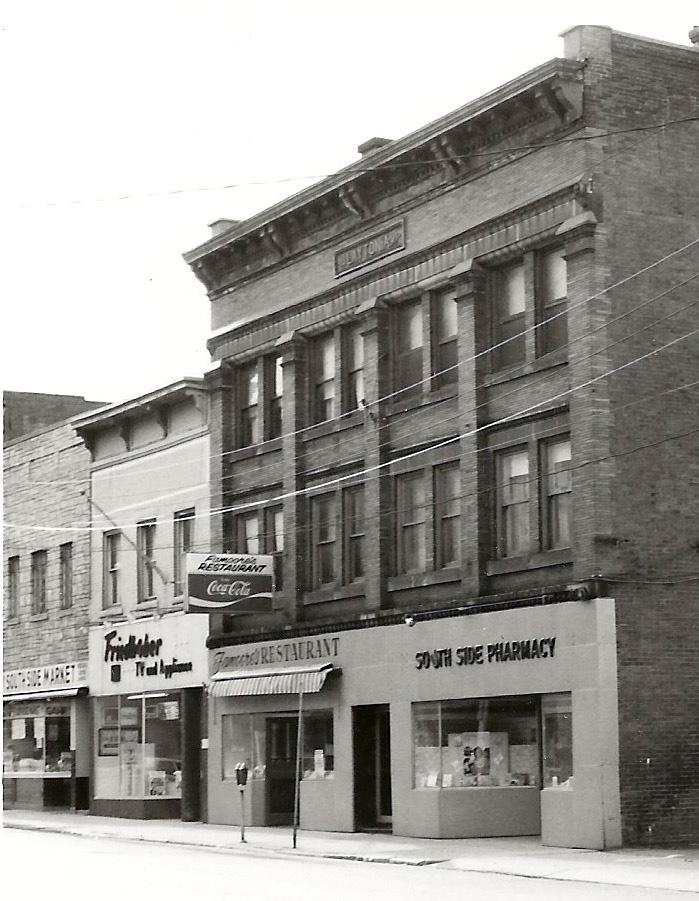
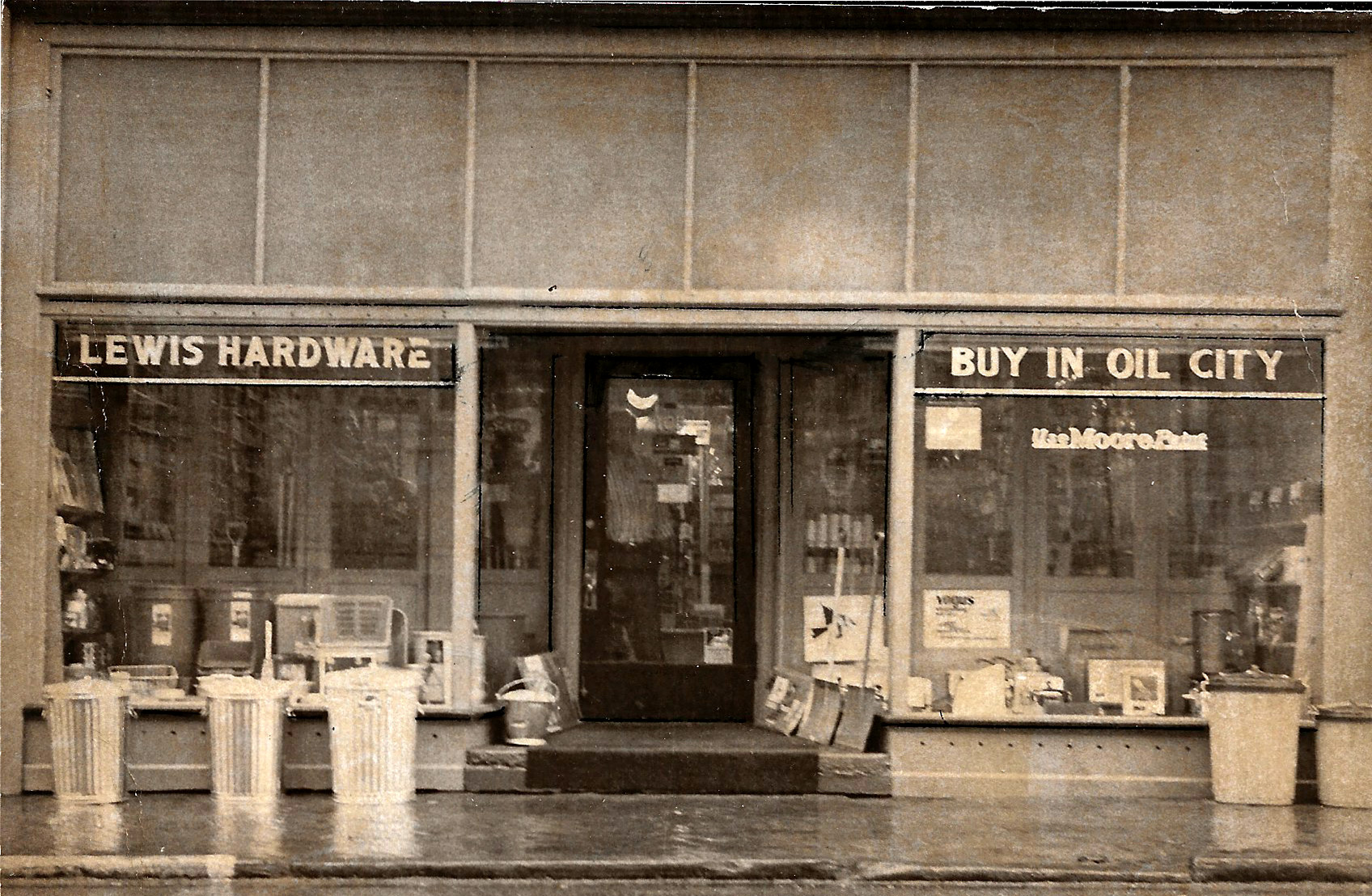
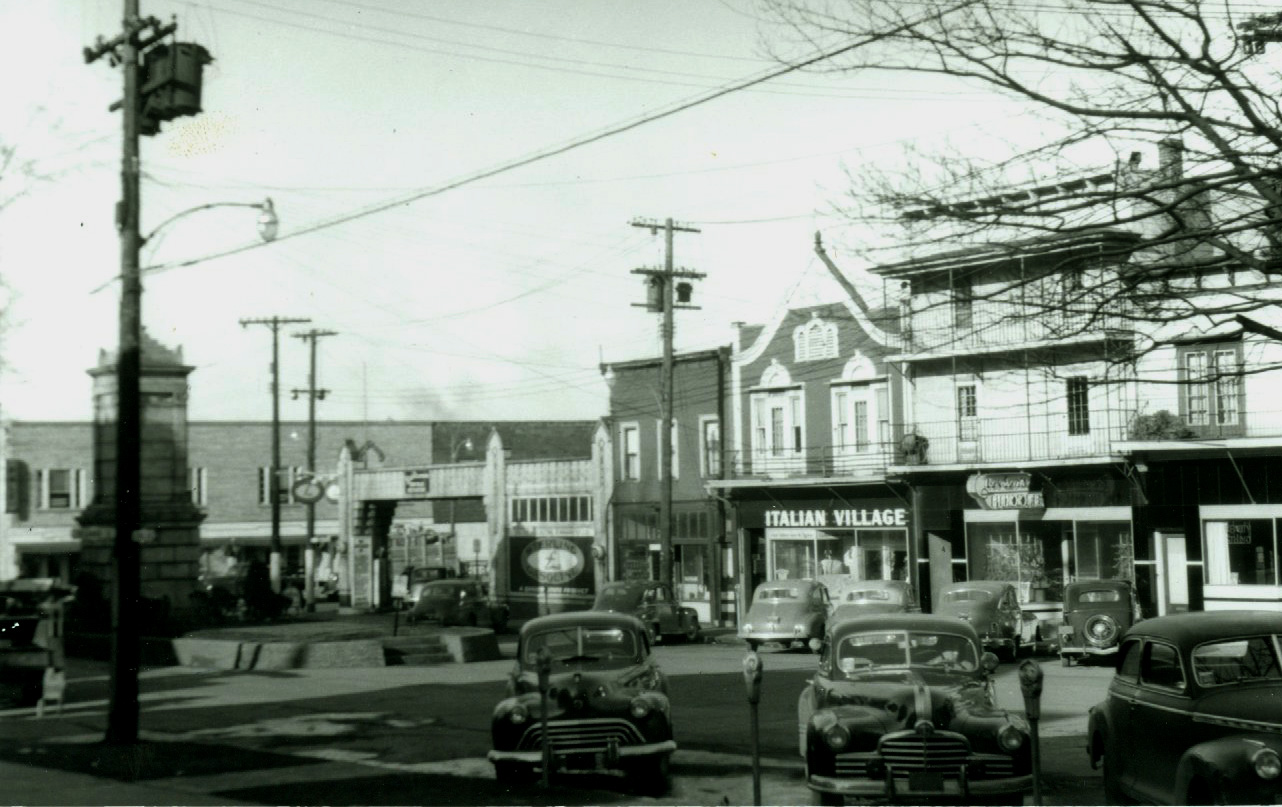
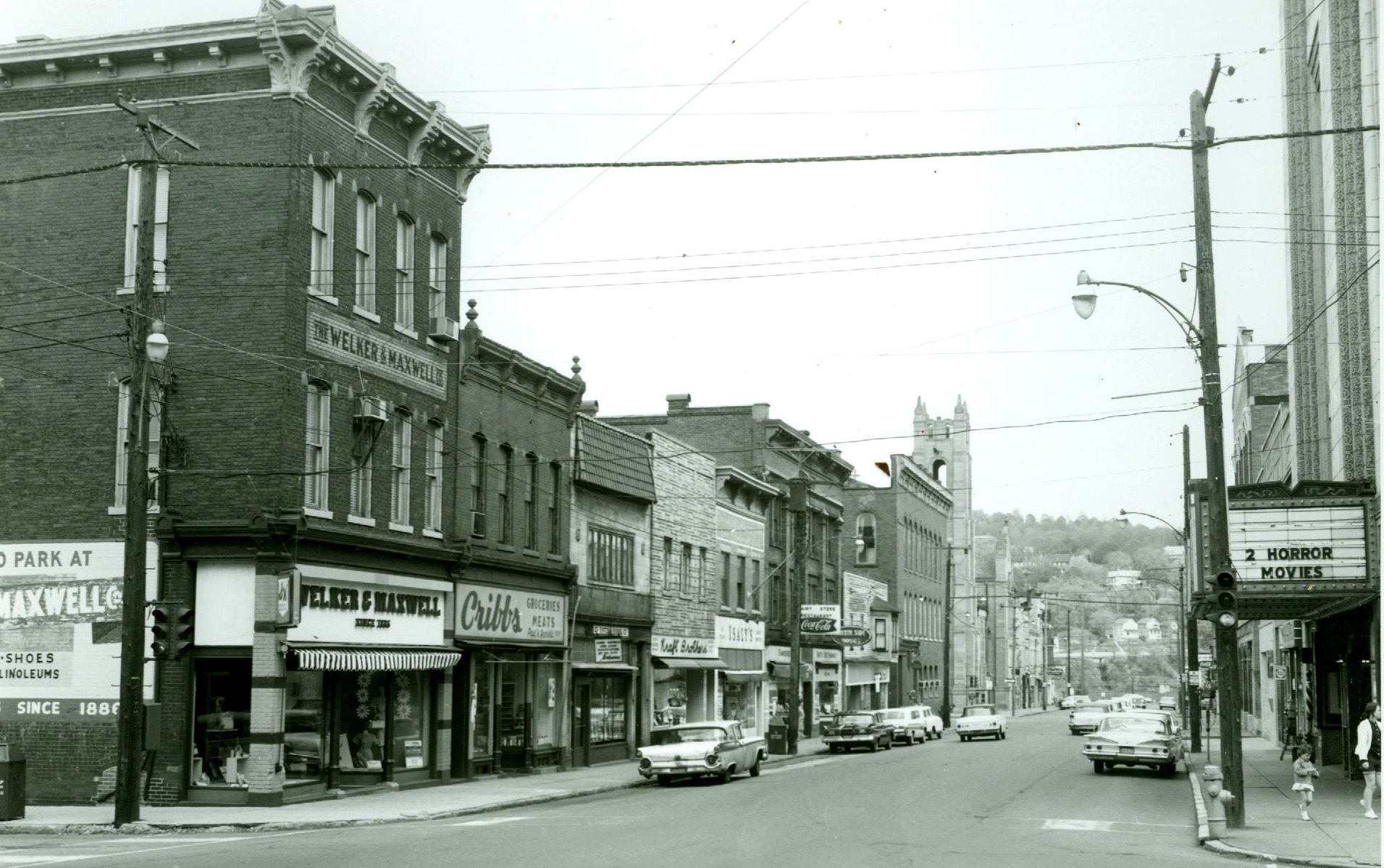
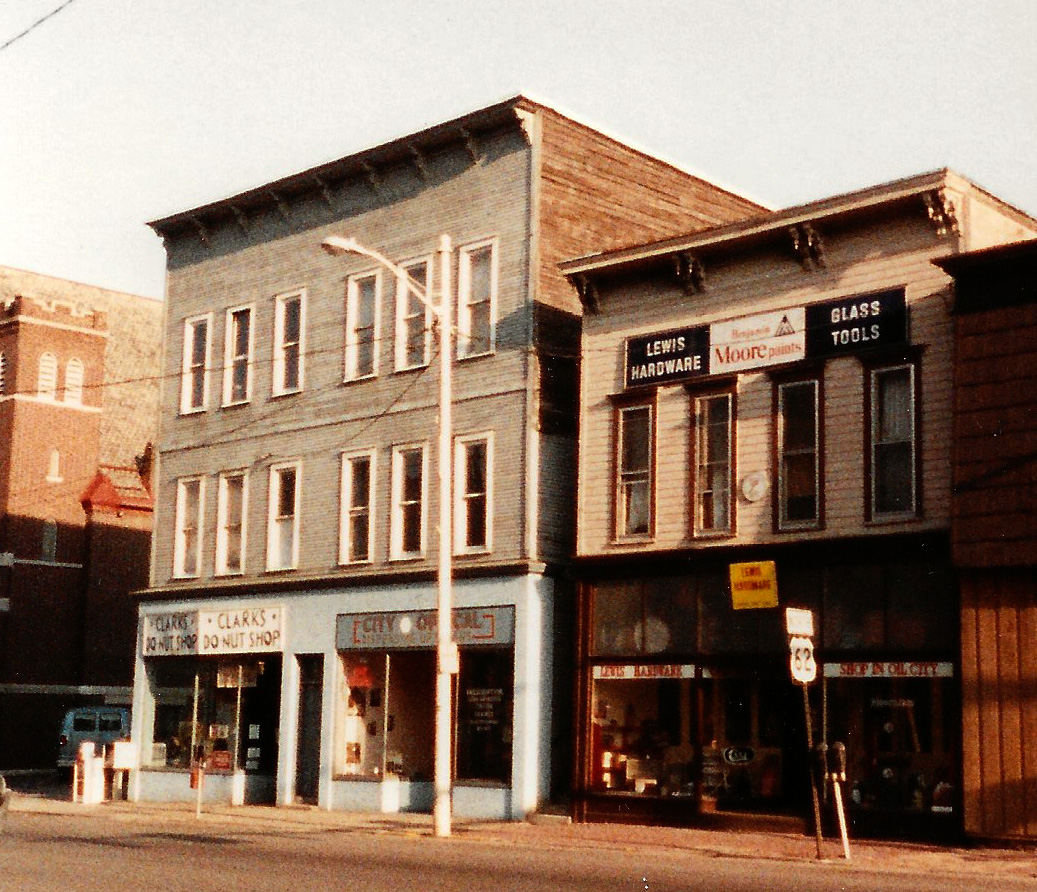
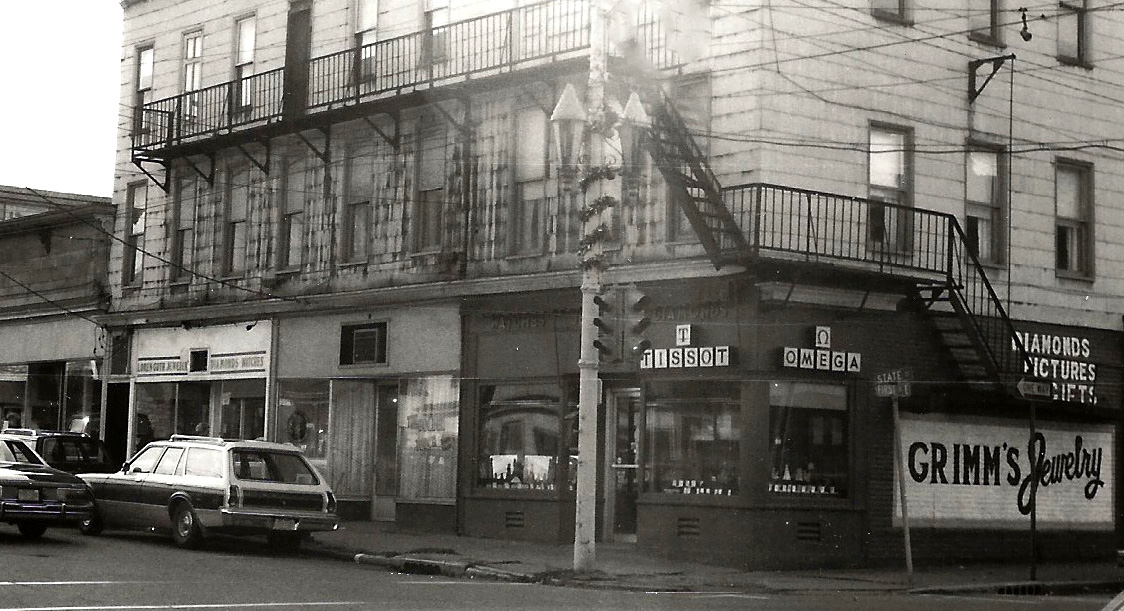
Written by Judy Etzel with research by Kay Dawson and design by Natalie Cubbon.
HIDDEN HERITAGE IS SPONSORED BY:
Jack Eckert & Susan Hahn
— In Memory of Kay Ensle —
Support This Project
Donations to the library are appreciated to help offset printing costs & make this project possible! Want to become a sponsor? Email us at promotions@oilregionlibraries.org to get started!
Make a Donation


